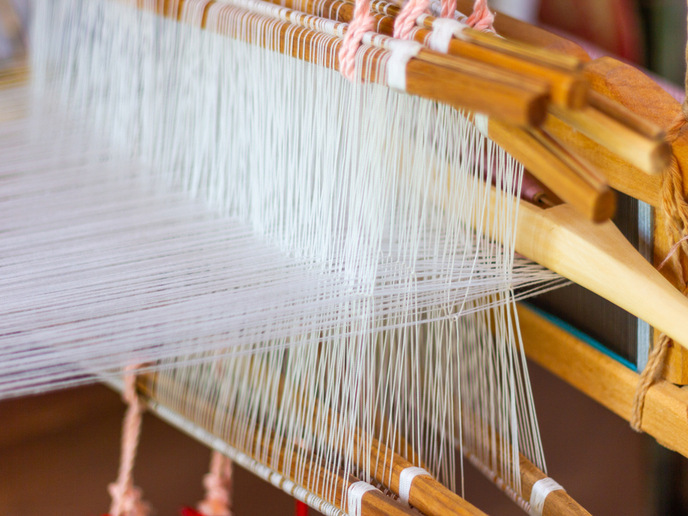New digital tools help preserve silk’s – and part of Europe’s – history
It was a huge topic of conversation in France in 2017. The ‘Musée des Tissus’, a museum showcasing over 4 500 years of textile history, was almost shut down due to a funding shortage before being saved at the very last moment. It wasn’t an isolated case. All across Europe, major silk museums have become almost as fragile as the textile they’ve been trying to preserve for future generations. Silk heritage is often not accessible to citizens because of a lack of human and technological means, and even efforts to preserve this heritage digitally suffer from poor tagging, random quality and lack of accessibility. Digitalisation efforts need to be stepped up, and the project SILKNOW (Silk heritage in the Knowledge Society: from punched cards to big data, deep learning and visual / tangible simulations) has been showing the way. “Intangible heritage such as old weaving techniques is in danger of disappearing with the imminent closure of the very few companies that still make use of these ancient machines. The struggle of the craft industry to adapt to competition is jeopardising a rich heritage that is alive and well. Thanks to the intelligent computational system we developed, we can preserve these techniques through 3D representations of fabrics at the yarn level,” says Cristina Portalés, technical coordinator of SILKNOW on behalf of the University of Valencia. SILKNOW uses pre-existent, digitised information about silk’s endangered legacy, showcases it, studies it and preserves it in digital collections. Users can access the collections through an exploratory search engine, spatio-temporal maps and 3D simulations. “We take data from the databases of several institutions, online catalogues and Application Programming Interfaces (APIs). This data is then analysed and processed with advanced text analytics and image-based deep learning techniques in order to homogenise their content, automatically retrieve semantic information, complete poorly tagged data, and translate the text into four languages,” Portalés explains. “Data is mapped to a knowledge graph which can be accessed and queried through Advanced Data Analysis for Silk heritage (ADASilk). SILKNOW also represents this data in Spatio-Temporal Maps (STMaps) showing relationships between their properties. Finally, we can preserve weaving techniques with the Virtual Loom.”
Something for everyone
Anyone can use SILKNOW. Say you’re running a traditional textile factory and want to improve customer experience for instance. Thanks to the Virtual Loom, your customers can visualise finished designs before you even have to weave them, thereby saving time and money. You can change colours, yarns, weaves and techniques, allowing them to experiment with new designs and materials such as 3D printing and open up new markets. With ADASilk, you can even go further by accessing silk heritage to replicate or reinvent past designs and motifs. Another interesting use case presented by Portalés is that of a Spanish language teacher wanting to use online resources. “We specifically created La Ruta de la Seda educational materials to help teach Spanish through various aspects of silk history. The aim is to disseminate this cultural heritage and to highlight the cultural exchange sparked by its production and trade,” she adds. Other examples include tour guides tapping into ADASilk and the Virtual Loom to present the silk heritage to the public; or museums wanting to improve their catalogue using the multilingual SILKNOW thesaurus. SILKNOW’s tools are still being evaluated with the likes of students in design schools and creative industries. Future plans include a workshop with representatives of over 40 museums, work with design schools in Palermo and Lyon, and a project takeover by an intergovernmental organisation.







